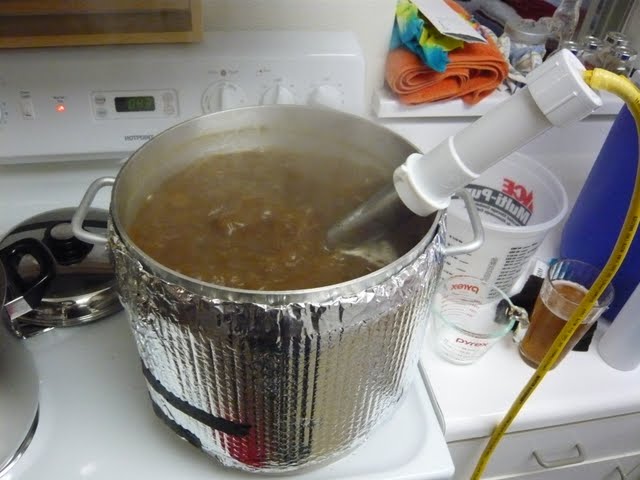I am going to build one this weekend and wanted to know from the guys who have used them a bunch....how are they holding up? I am looking to use silicone versus the JB weld but still want to hear who has had any issues with using it.
I made mine with NSF approved plumbers epoxy putty, but I tried to mostly "seal it from the inside" and seal the threads so there wouldn't be much expoy-to-water contact either way. I suffered reliability problems because of that, and had to add epoxy a couple times to the threads and/or ground nut, and at inopportune times. Eventually I got some food-grade silicone sealant and that stuff seems to be awesome so far!
It seemed to mostly happen when using it to heat the sparge water (but not mash or boil) hmmp. don't know if there's anything too that. heating cycles? who knows
So my feeling now is that the silicone is really good for the outer seals. I want to rebuild with a slightly new technique. I would still use epoxy to the connections to the body of the element and maybe the ground nut too. My new idea would be to let that cure completely, then seal the whole thing in with silicone. Silicone in the cavity (i like the newspaper idea), silicone in the threads, and thin beads of silicone for outer seals. I'm only undecided on whether or not it would still be preferable to have epoxy holding the flange of the element in place.
I haven't tried this yet, its just my rebuild idea, but I think using epoxy (probably JB weld since there should then be no contact) as an inner-seal/structural component, and using food-grade silicone as filler and as outer seals, would be the best possible combination for longevity, reliability and materials safety. So if anyone tries it this way, I'd love to know how it works out.
The silicone was kind of hard to find. I bought several tubes to be safe, so if anyone is in the Bay Area we could have a project night and I'll share the silicone.










